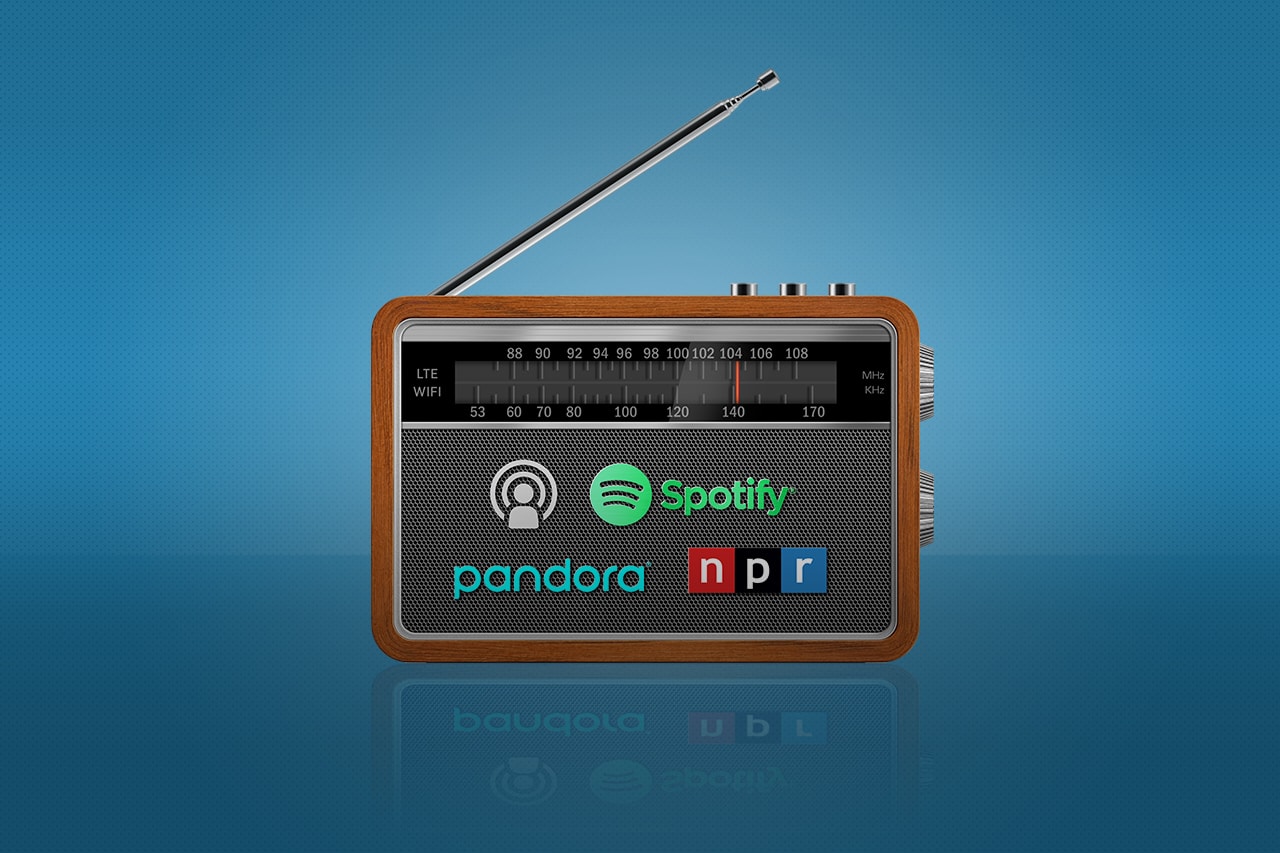While traditional radio ads may be declining, there’s no doubt we’re still tuning in to listen–it’s just moved online and on our phones. With millions of people listening to music platforms like Spotify and Pandora, and even more joining through podcasts. From 2019 to 2020, the amount of people who have listened to a podcast […]
While traditional radio ads may be declining, there’s no doubt we’re still tuning in to listen–it’s just moved online and on our phones. With millions of people listening to music platforms like Spotify and Pandora, and even more joining through podcasts. From 2019 to 2020, the amount of people who have listened to a podcast jumped 51%, which is a massive growth. And Pandora alone has over 118 million subscribers.
Here’s a rundown of a few of platforms that have the best ROI for advertisers:
- Spotify
This is a music platform everyone knows, and their advertising game is set up pretty well for most companies to utilize. You can target by age and demographic, as well as music preferences or podcast themes. While it may have a lot of the pluses for targeting the audience you’re looking for, it does cost more to advertise here.
- Pandora
For about the same cost and targeting abilities as Spotify, Pandora is another popular platform for businesses to advertise on. One thing it does focus on is small to medium businesses, which is something to consider for your brand.
- National Public Media
Less music, more news might be a good way to describe this platform. Instead of one user, like Spotify or Pandora, this platform enables your ads to reach audiences that listen to multiple channels. Ads are placed, according to targets, on podcasts and radio shows.
- Placement Services
Not one specific site, but if the larger platforms aren’t within scope or need there are other options that partner to place your ad on specific podcasts or shows that meet the audience criteria you are looking for. Some of these options, like MidRoll, help find places to partner with. While others like AudioGo work more like a self-service platform so that you have more control of what goes on. The benefit to working with services like this has a lot to do with budget, business size and ability to control needs.
This is just a sample of the platforms available. Within each platform can come other useful advertising options or partnerships as well. For example, Spotify audio ads can be paired with graphic banners or videos that play at the same time. Other platforms may offer banner placement in separate contexts, like on a podcast website.
The options and variables can feel numerous and overwhelming, but that is where good strategy and organization come into play. Start with a strategy of who you’re talking to, where you can find them, and what you have to communicate–this gets the ball rolling for which platforms will work best to meet your goals.
After you narrow down potential platforms you can weigh the pros and cons of each one. Does it target exactly how you need for your business objectives? Would advertising within this platform give you the ROI you’re expecting? Which platforms best meet your needs and budget concerns?

